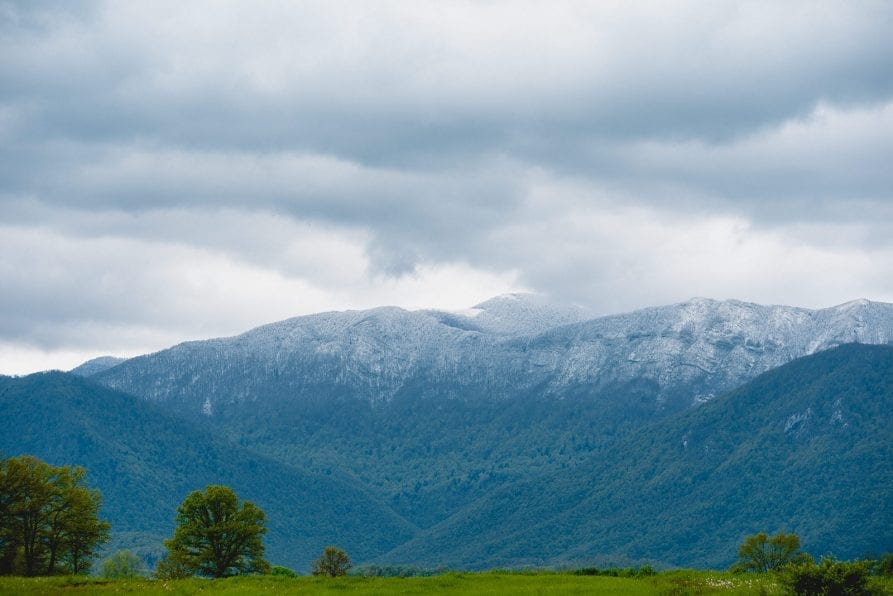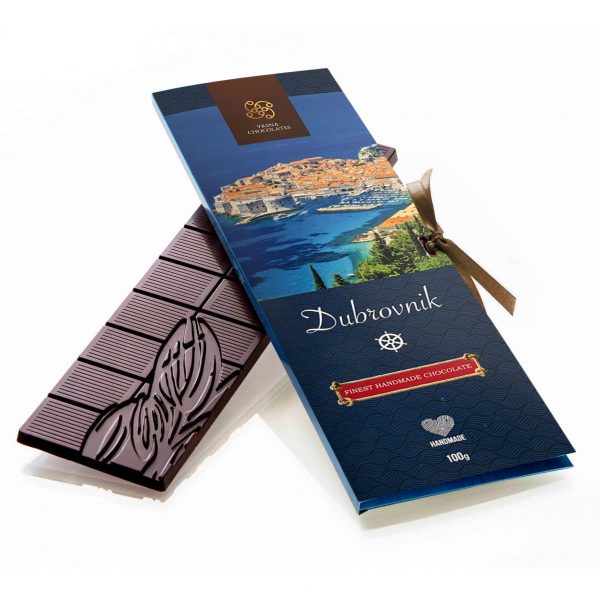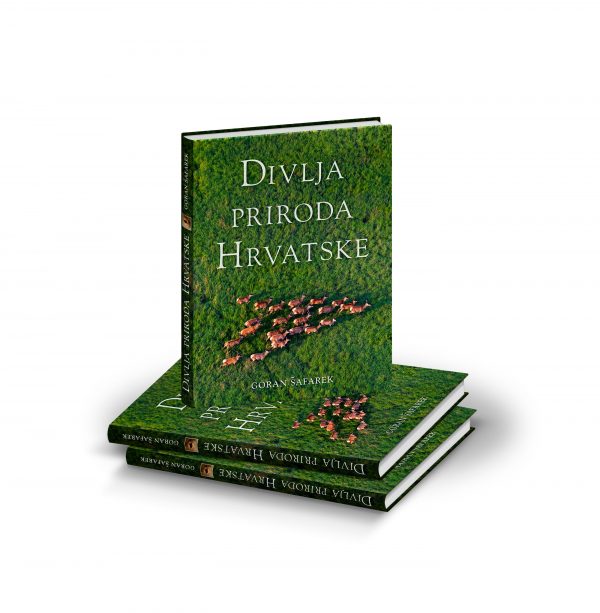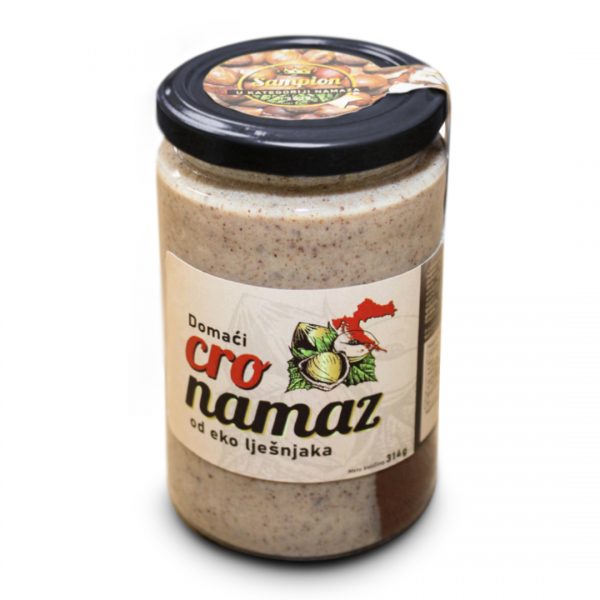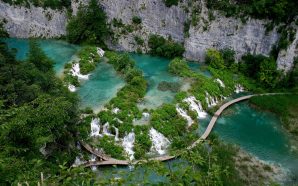In the last few days, winter has come to Croatia. Sharp wind, heavy rain, and even snow (not Jon from GoT) are on every news report. It is the month of May… Is it though?
This weather phenomenon occurs because of the „Ice Saints“ and is called „the black-thorn winter“. Between May 11th and May 15th, three saints (and two that accompany them) are often found as a reason for this dramatic change in weather.
St Mamertus, St Pancras, St Servatius, St Boniface and St Sofia have feast days during those five days, one after another, and according to the traditional belief, they bring cold weather and the last frost of the year.
Often, gardeners all around Europe will not plant until the Ice Saints are gone. They are also well known in Austria, Czech Republic, Germany, Italy, Netherlands, Poland, Slovakia and Slovenia.
https://www.instagram.com/p/BxhAwb9hIpR/
To confirm this weather pattern during that specific time of year, some pupils of Galileo recorded the weather from 1655-70 and reported a cold snap over the days of the Ice Saints, and later studies confirmed their finding.
In 1902 William Dines, President of the Royal Meteorological Society, used modern statistical techniques in order to demonstrate that the Ice Saints were a myth, a mere result of selective reports during many past years.
https://www.instagram.com/p/BxcVl4qAW3r/
The Ice Saints are often said to arrive early or late, and in meteorological terms, the last winter cold fronts tend to pass by around this period.
PHOTO: Josip Durdov/LikaClub

